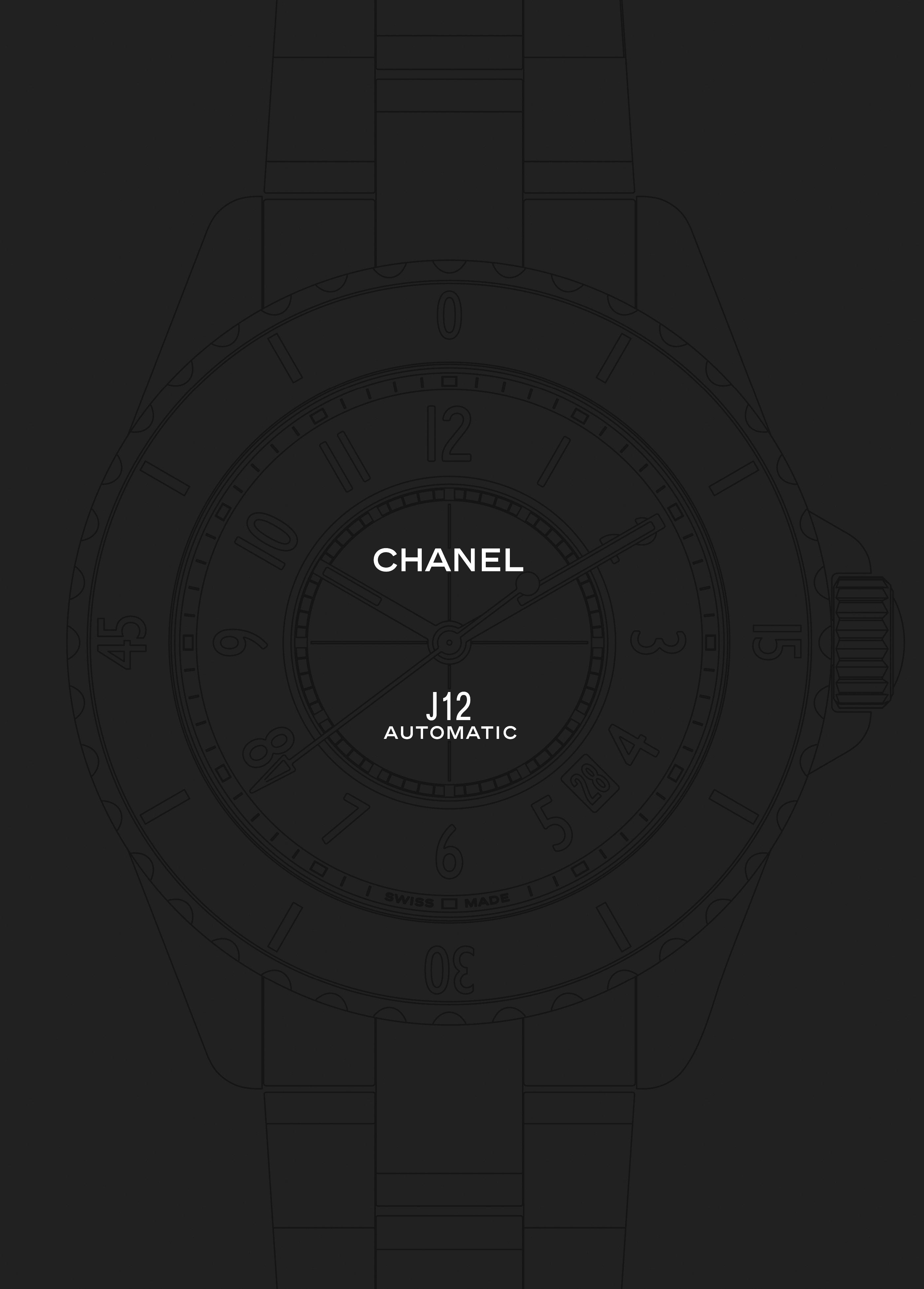Japanese Prints: Ukiyo-e in Edo, 1700-1900
Ellis Tinios
Japanese woodblock prints of the Edo period (1615–1868) were the products of a highly commercialised and competitive publishing industry. Their content was inspired by the vibrant popular culture that flourished in Edo (Tokyo). At any given time scores of publishers competed for the services of the leading artists of the day. Publishers and artists displayed tremendous ingenuity in finding ways to sustain demand for prints and to to circumvent the restrictions placed upon them by government censorship. Japanese woodblock prints have long been appreciated in the West for their graphic qualities but their content has not always been fully understood. In recent years, publications by scholars in Japan, Europe and the United States have made possible a more subtle appreciation of the imagery encountered in them. This book draws upon this recent scholarship to explain how those who first purchased these prints would have read them. Through stunning new photography of both well-known and rarely published works in the collection of the British Museum, including many recent acquisitions, the author explores how and why such prints were made, providing a fascinating introduction to a much-loved but littleunderstood art form.






































